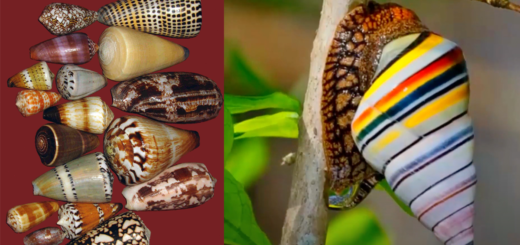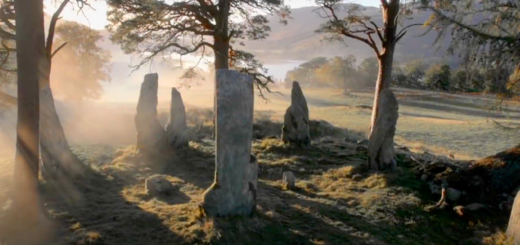Atomic Bomb Facts – Interesting Facts About Nuclear Weapons
Facts About Atomic Bomb
The U.S. government has placed a beer next to an atomic bomb blast to see if it was still drinkable. They found that beer exposed to the radiation would still be safe.
After a nuclear disaster, disposing one’s outer clothing can remove up to 90% of radioactive material.
After the 2011 nuclear power plant disaster in Japan, several countries have rethought the use of nuclear energy. Germany is planning to close all its reactors by 2021, and Italy and Switzerland have halted their nuclear power expansion program.
Russia and U.S. have thousands of warheads on high alert; they can be launched at any time within few seconds.
A person experiences the same amount radiation during the CT body scans and within a one and a half mile of the Hiroshima atomic bomb.
Some Hiroshima bombing survivors went to Nagasaki and taught them how to survive by Ducking and covering after the initial flash and informed about the danger of imploding window glass. This timely warning has saved a number of lives.
Japan has adopted the “three non-nuclear principles” of not possessing, not manufacturing and not permitting entry of nuclear weapons.
The official flower of Hiroshima is Oleander as it was the first flower to bloom after the bombing.
The single deadliest air attack of WWII was neither Hiroshima nor Nagasaki bombing but it was the firebombing of Tokyo from 9-10 March 1945, code named Operation Meetinghouse.
49 non-nuclear “pumpkin bombs” were dropped on 14 individual targets in Japanese cities by the U.S. that killed 400 and injured 1,200.







